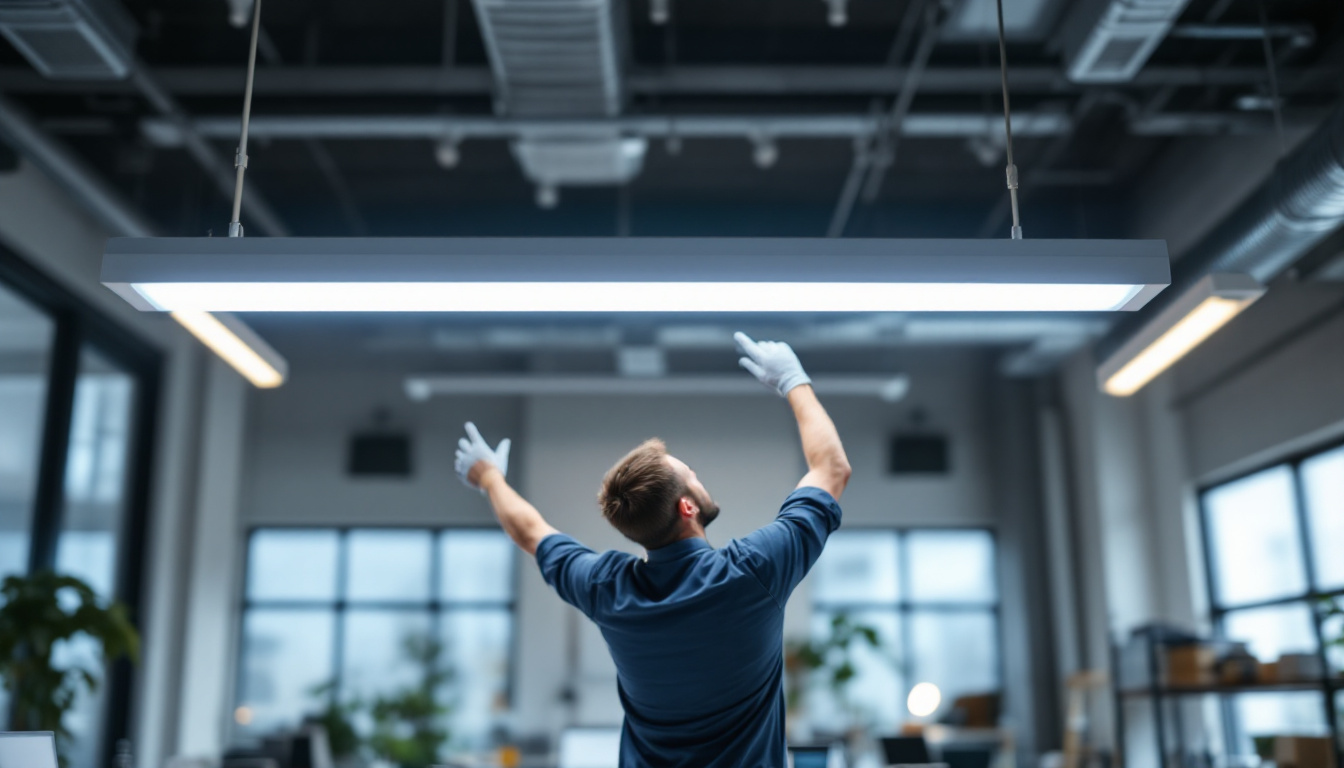
fluorescent lighting has long been a staple in commercial and industrial settings, providing efficient and effective illumination. Among the various types of fluorescent light fixtures available, the 4 ft fluorescent light fixture stands out for its versatility and widespread use. For lighting contractors, understanding the intricacies of these fixtures is essential for successful installations and client satisfaction. This article delves into the key aspects of 4 ft fluorescent light fixtures, offering valuable insights for contractors in the field.
4 ft fluorescent light fixtures are designed to accommodate standard fluorescent tubes, typically measuring 48 inches in length. These fixtures are commonly used in various settings, including offices, warehouses, retail spaces, and educational institutions. Their design allows for easy installation and maintenance, making them a popular choice among contractors.
These fixtures can come in different configurations, including single and double tube options. The choice between these configurations often depends on the specific lighting needs of the space, as well as the desired brightness and energy efficiency levels. For instance, a double tube configuration can significantly enhance the illumination in larger areas, while a single tube may suffice for smaller, more intimate spaces. Additionally, advancements in technology have led to the development of integrated LED options that mimic the appearance of fluorescent lighting while providing even greater energy savings and longevity.
Understanding the components of a 4 ft fluorescent light fixture is crucial for contractors. The primary parts include the housing, ballast, and lamps. The housing is the outer shell that protects the internal components and provides aesthetic appeal. It can be made from various materials, including metal and plastic, and is often designed to blend seamlessly with the ceiling or wall. Some fixtures even feature a reflective interior that maximizes light output, ensuring that the illumination is evenly distributed throughout the space.
The ballast is an essential component that regulates the electrical current to the fluorescent lamps. It ensures that the lamps start and operate efficiently. There are two main types of ballasts: magnetic and electronic. Magnetic ballasts are older technology and are generally less efficient, while electronic ballasts offer better energy efficiency and improved performance. Moreover, electronic ballasts can operate multiple lamps simultaneously, allowing for greater flexibility in fixture design and energy management.
Fluorescent lamps come in various types, with T8 and T12 being the most common for 4 ft fixtures. T8 lamps have a diameter of 1 inch, while T12 lamps measure 1.5 inches. T8 lamps are more energy-efficient and have a longer lifespan compared to T12 lamps, making them the preferred choice for many lighting contractors. Furthermore, T8 lamps are available in various color temperatures, ranging from warm white to cool daylight, allowing users to select the ambiance that best suits their environment.
Additionally, there are high-output (HO) and very high-output (VHO) fluorescent lamps available for specialized applications. These lamps produce more light per watt and are ideal for environments that require high levels of illumination. They are often used in industrial settings or large retail spaces where visibility is paramount. The versatility of fluorescent lamps extends beyond just brightness; they can also be used in combination with dimming systems, providing an adaptable lighting solution that can adjust to the needs of the moment, whether it’s a busy workday or a more relaxed evening setting.
When installing 4 ft fluorescent light fixtures, placement is key to achieving optimal lighting. Contractors should assess the space to determine the best locations for fixtures based on the layout, ceiling height, and intended use of the area. For instance, in a warehouse, fixtures may be spaced further apart compared to an office where more concentrated lighting is necessary. Additionally, factors such as the color of the walls and the presence of windows can influence how light is distributed throughout the space. Light-colored walls can reflect more light, enhancing the overall brightness, while darker colors may absorb light and necessitate more fixtures for adequate illumination.
Mounting options for these fixtures typically include surface mounting, recessed mounting, or pendant mounting. Each option has its advantages and is suited for different applications. Surface-mounted fixtures are easy to install and ideal for spaces with lower ceilings, while recessed fixtures provide a clean, integrated look in areas with higher ceilings. Pendant mounting offers a stylish alternative, allowing for adjustable heights and unique designs that can enhance the aesthetic appeal of a room. Contractors should also consider the potential for future modifications, as adjustable mounting options can facilitate changes in layout or design without requiring a complete reinstallation.
Electrical considerations are paramount when installing 4 ft fluorescent light fixtures. Contractors must ensure that the electrical supply matches the fixture’s requirements, including voltage and wattage. Proper wiring techniques must be followed to ensure safety and compliance with local codes. Furthermore, understanding the load capacity of the circuit is essential to prevent overloads, which can lead to circuit failures or even fire hazards. Contractors should also take into account the potential for future expansion, ensuring that the existing electrical infrastructure can accommodate additional fixtures if needed.
It is also important to consider the ballast type when wiring the fixture. Electronic ballasts typically require different wiring configurations compared to magnetic ballasts. Contractors should familiarize themselves with the specific wiring diagrams provided by the manufacturer to avoid any installation errors. Additionally, incorporating surge protection devices can safeguard the lighting system from voltage spikes, enhancing the longevity of the fixtures and reducing maintenance costs. Regular inspections of the wiring and connections post-installation can also help identify any potential issues before they escalate.
Energy efficiency is a significant factor in modern lighting installations. 4 ft fluorescent light fixtures equipped with electronic ballasts and T8 lamps can significantly reduce energy consumption compared to older technologies. Contractors should educate their clients about the benefits of upgrading to more efficient systems, including lower utility bills and reduced environmental impact. Beyond just energy savings, these fixtures often have longer lifespans, which means less frequent replacements and lower waste generation over time. This longevity not only benefits the environment but also enhances the overall value proposition for clients.
In addition to energy savings, many regions offer incentives for installing energy-efficient lighting systems. Contractors can help clients take advantage of these programs, further enhancing the value of their services. Some jurisdictions may provide rebates or tax credits for energy-efficient upgrades, which can significantly offset installation costs. Additionally, promoting the use of environmentally friendly lighting solutions can improve a contractor’s reputation and appeal to a growing demographic of environmentally conscious consumers. By staying informed about local regulations and incentives, contractors can position themselves as knowledgeable partners in sustainability initiatives.
Regular maintenance is essential for ensuring the longevity and performance of 4 ft fluorescent light fixtures. Contractors should recommend routine inspections to check for any signs of wear or malfunction. This includes examining the lamps, ballasts, and wiring for any issues.
Cleaning the fixtures and lamps can also improve efficiency and light output. Dust and debris can accumulate over time, reducing the effectiveness of the lighting. Contractors should advise clients on proper cleaning techniques and schedules to maintain optimal performance.
Even with proper installation and maintenance, issues may arise with fluorescent light fixtures. Common problems include flickering lights, dim output, or complete fixture failure. Understanding the potential causes of these issues can help contractors troubleshoot effectively.
Flickering lights may indicate a faulty ballast or a loose connection. In such cases, contractors should first check the connections and then consider replacing the ballast if necessary. Dim output can often be resolved by replacing aging lamps, as fluorescent tubes lose their brightness over time. Complete fixture failure may require a more thorough inspection of the electrical supply and components.
As technology advances, many contractors are exploring the option of upgrading fluorescent fixtures to LED alternatives. LED lighting offers numerous advantages, including longer lifespans, reduced energy consumption, and lower maintenance costs. Contractors should be prepared to discuss these benefits with clients who may be considering a lighting upgrade.
For those transitioning from fluorescent to LED, retrofitting kits are available that allow for easy installation without the need to replace the entire fixture. This can be an appealing option for clients looking to modernize their lighting while minimizing disruption and costs.
Compliance with local building codes and regulations is a critical aspect of any lighting installation. Contractors must stay informed about the specific requirements in their area, including electrical codes, energy efficiency standards, and safety regulations.
Failing to adhere to these regulations can result in fines, project delays, and safety hazards. Contractors should regularly review local codes and ensure that their installations meet or exceed these standards. This not only protects the contractor but also ensures the safety and satisfaction of the client.
Safety should always be a top priority during the installation of 4 ft fluorescent light fixtures. Contractors must use appropriate personal protective equipment (PPE) and follow safety protocols to prevent accidents and injuries. This includes using ladders safely, handling electrical components with care, and ensuring that the work area is free from hazards.
Additionally, contractors should educate their teams about the importance of safety and provide training on best practices for handling electrical installations. A culture of safety not only protects workers but also enhances the reputation of the contracting business.
While the lighting industry is evolving with the rise of LED technology, 4 ft fluorescent light fixtures continue to play a significant role in various applications. For lighting contractors, understanding the nuances of these fixtures is essential for delivering high-quality installations and ensuring client satisfaction.
By staying informed about the latest advancements, maintenance practices, and regulatory requirements, contractors can position themselves as knowledgeable professionals in the field. Whether working on new installations or retrofitting existing systems, a comprehensive understanding of 4 ft fluorescent light fixtures will empower contractors to meet the diverse needs of their clients effectively.
As the industry continues to change, embracing new technologies and practices will be key to remaining competitive. By adapting to these changes while maintaining a solid foundation in traditional lighting solutions, contractors can ensure their success in the ever-evolving world of lighting design and installation.
Ready to enhance your lighting installations with the best in the business? Look no further than LumenWholesale for all your 4 ft fluorescent light fixture needs. We provide contractors with the highest quality, spec-grade lighting products at prices that can’t be beaten. Say goodbye to local distributor markups and hello to our extensive selection that meets rigorous industry standards. With free shipping on bulk orders, LumenWholesale is your go-to source for premium lighting solutions that combine quality, affordability, and convenience. Elevate your lighting projects today by visiting Wholesale Lighting at the Best Value and discover the LumenWholesale difference.
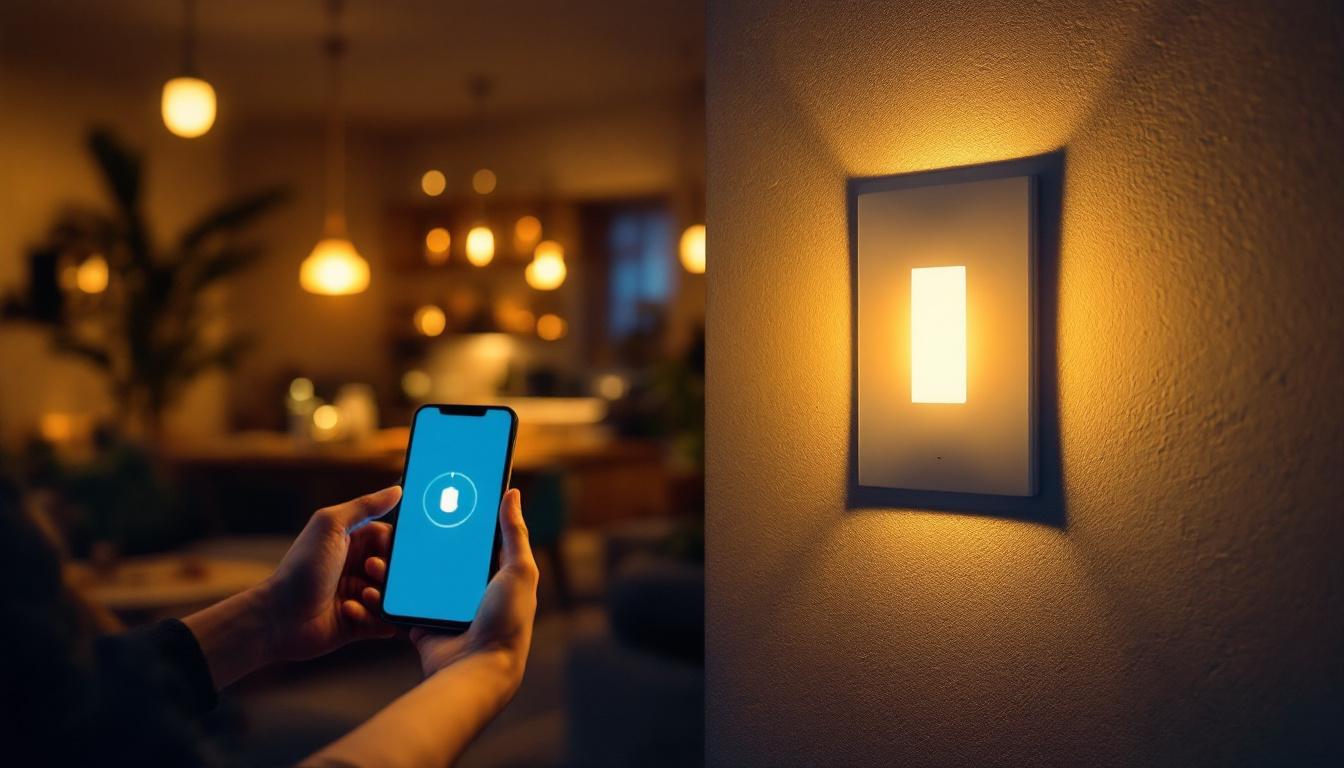
Discover why staying informed about WiFi-controlled light switches is crucial for lighting contractors.
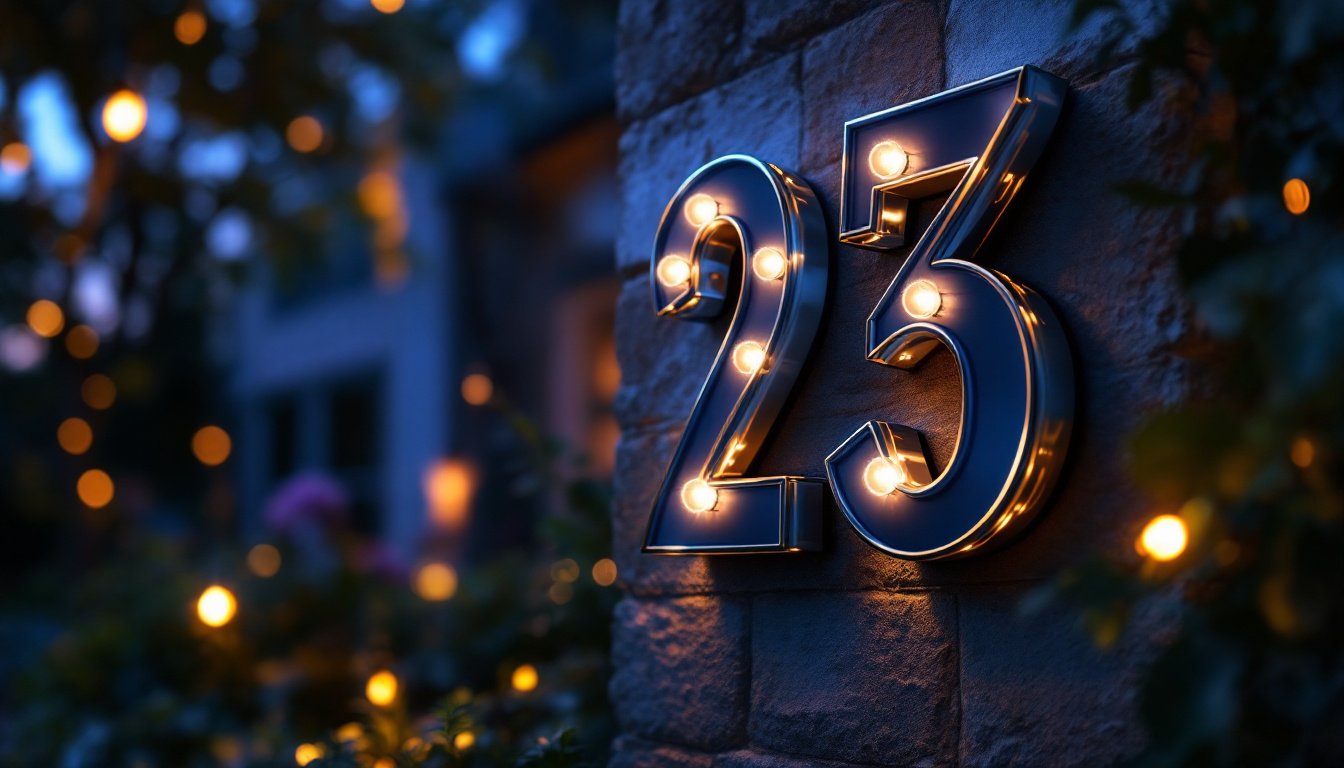
Discover expert insights into house number lighting with our comprehensive guide tailored for lighting contractors.
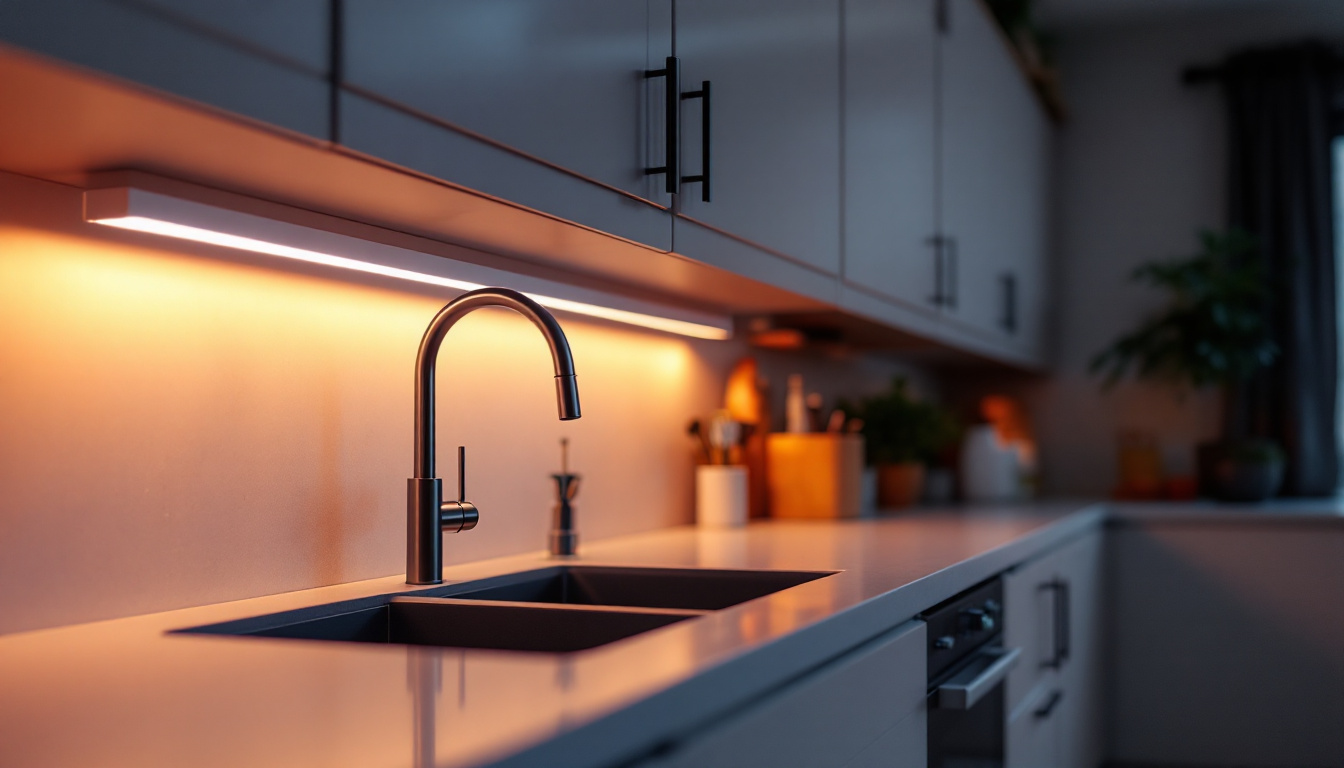
Discover the essential insights lighting contractors need to know about LED lights for cabinets.
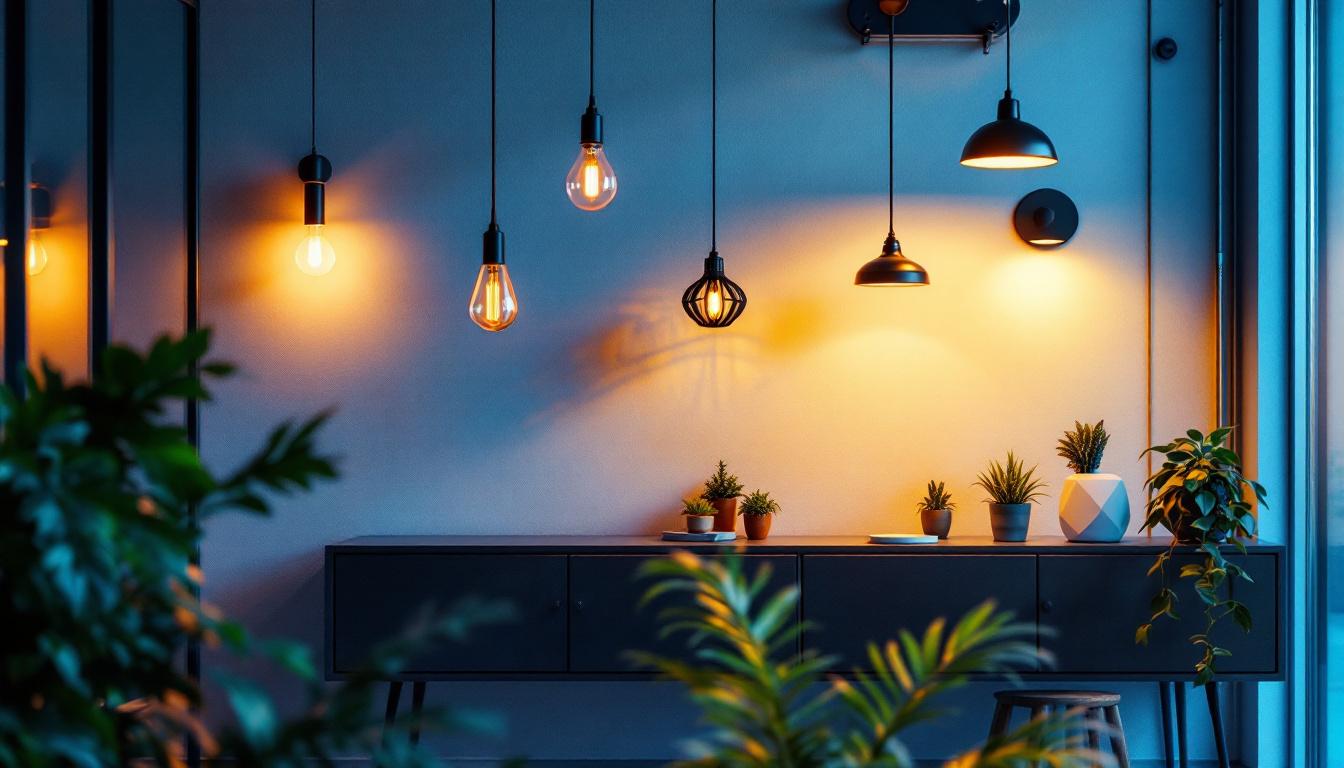
Discover how strategic lighting installations can enhance workplace productivity and profitability.